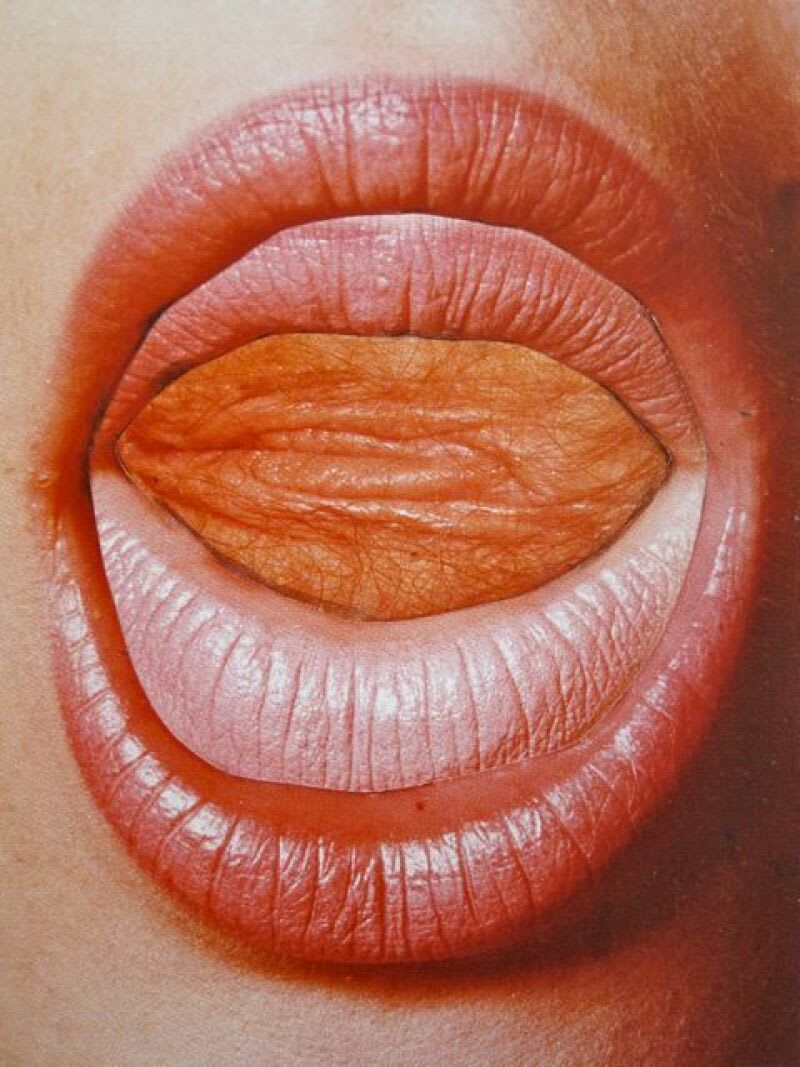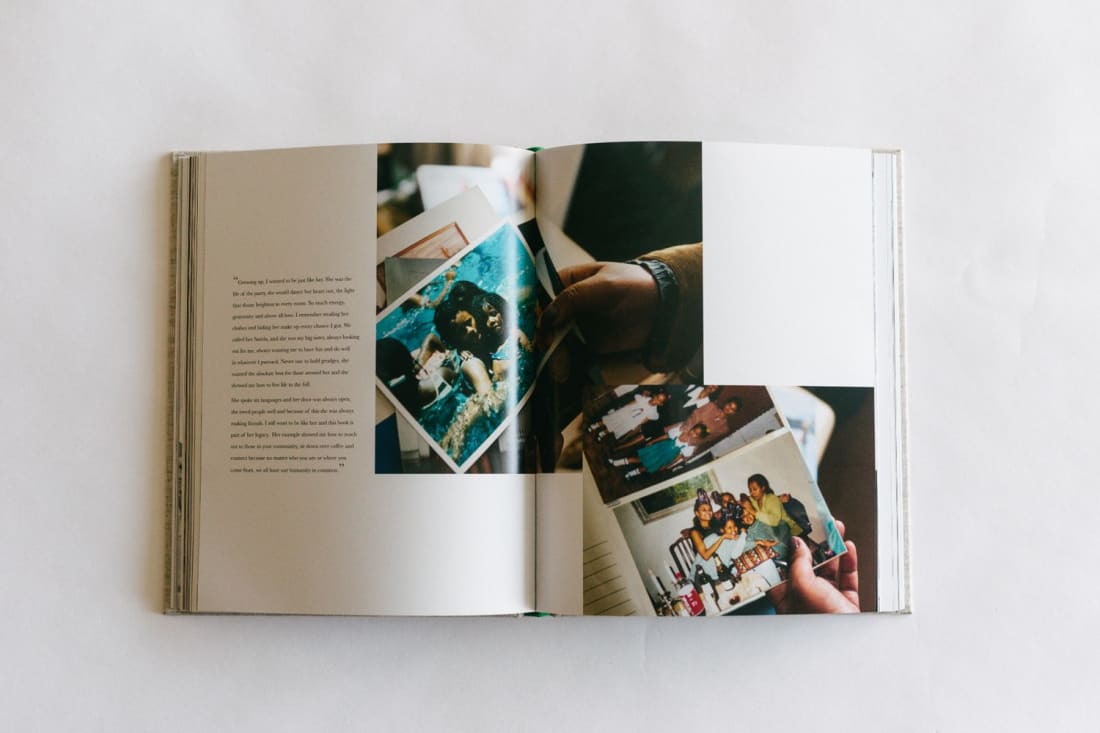The sexual revolution, as told by five culture-shifting artworks
Judy Chicago, Nan Goldin and Jenny Holzer’s art leads a new exhibition that explores female sexuality
Judy Chicago, Nan Goldin and Jenny Holzer’s art leads a new exhibition that explores female sexuality
Even if it doesn't always get the credit its due, visual art has been a key battleground in the sexual revolution: a space where women first took up their paintbrushes in arms and set about depicting themselves as sexual beings, on their own terms. Throughout the course of art history, women’s bodies were depicted in artwork by men, often objectified as muses, but in the work of pioneering women over the past hundred years, female sexuality in art has been through a process of reclamation.
This journey was documented in the acclaimed book A Woman’s Right To Pleasure in 2020, published by BlackBook. Serving as a tribute to some of the world’s most iconic artworks by women exploring and celebrating their sexualities, the book celebrated works from Nan Goldin to Georgia O’Keeffe and, of course, Tracey Emin too. The next year, the book was followed by a podcast of the same name. The podcast is definitely worth your time too – hear host, porn actor, author and activists Stoya, meet guests including Pussy Riot’s Nadya Tolokonnikova and artist Marilyn Minster to discuss desire, sex education and pleasure in everything across pop culture and politics.
Now, the concept has been brought to life by an exhibition at Sotheby’s Los Angeles. The show encompasses 104 works by over 30 artists, spanning back over a century and including different media; from sculpture and painting to animation and installation. Told through the work of contemporary and pioneering feminist artists, the exhibition is a radical take on how the female experience has evolved over the last hundred years.
Here’s our pick of five stand-out pieces from the show, which recount different chapters in the story of female sexual revolution.
Georgia O'Keeffe – Canna Series (1918 / 20)

Georgia O’Keeffe is a titan of art history. And it might seem difficult to comprehend now, but her paintings of flowers, such as this 1918 piece from Canna Series, were once considered controversial and even problematic, because of how sexual they were! (It’s good that these critics never lived to see Tumblr).
Feminist critics interpreted O’Keeffe’s paintings as a groundbreaking introduction of sensual and feminist imagery. But the story is more complicated than that, because O’Keeffe actually rejected these notions and insisted that there was no connection between vulvas and her artwork. She also didn’t herself as a feminist artist and rejected all-women projects, saying she preferred to be thought of as an “artist” and not a “woman artist”.
Still, O’Keeffe’s paintings are considered an important moment where the sexuality of women was (allegedly) depicted by a woman, breaking centuries of tradition where the female form was seen in art primarily as the muse of male artists.
Penny Slinger – Read My Lips (1973)

Penny Slinger has been a working artist for over six decades, exploring her practice across a range of media. One of her most striking prints, Read My Lips, is included in the exhibition. It’s part of a series of two and three-dimensional “mouthpieces” which the artist created for an exhibition in 1973.
The two-dimensional series features photographs of Slinger’s mouth with different elements collaged into them. This highly eroticised image was controversial at the time. “I wanted to explore the idea of the feminine mouthpiece,” Slinger says. “The fact that the feminine has not had a voice and now she wants to open wide. She wants to be heard, but not just her words, her feelings, her sensations, want to find a voice.”
Slinger brought together her influences from the Surrealist movement, which combines familiar objects in unfamiliar ways, to create a “shock of recognition” in Read My Lips. “I wanted them to be very visceral to elicit a reaction, teetering on the borderline between beauty and queasiness,” she says. “I sought a ‘double take’ from my viewer.”
And to that, we can say: mission accomplished.
Judy Chicago – Submerged/Emerged #1 (1976)

If O'Keeffe cast doubt on any feminist or erotic connotations in her work, Judy Chicago is the opposite. Chicago’s work combines themes of female emancipation with a concern for the earth and climate justice. She was an “eco-feminist” before the term was coined, which is reflected in her early work.
Submerge/Emerge (1976) is part of a series of paintings by Chicago on moulded paper. The butterfly is an ancient symbol of liberation and resurrection, which she sees as a metaphor for emancipated womanhood. Chicago’s prolific body of work stretches back to the 1960s and is noted for tackling complex, multifaceted themes years (and sometimes decades) before their time. In that sense, she’s a visionary everyone should know. A trendsetter, baby!
Nan Goldin – Nan and Brian in Bed, NYC (1983)

Nancy Goldin is an American photographer and activist. Her work often explores queer subcultures, moments of intimacy, the HIV/Aids crisis and, more recently, the opioid epidemic. She is a prolific figure in feminist art movement, with work which was revolutionary in terms of its approach to nudity, sexuality and the female body.
Some of Goldin’s most famous work is The Ballad of Sexual Dependency (1986), a slide show (which was later released as a book) that documents the post-Stonewall queer subculture and Goldin's family and friends. During this time, Golden was drawn especially to LGBTQ+ life on the margins in the Bowery neighbourhood in New York City. These photographs, taken between 1979 and 1986, depict intimate, autobiographical moments between couples, friends and chosen family.
In this 1983 photograph, Goldin is seen lying on a bed, while another figure (Brian) sits next to her, smoking a cigarette. It’s unclear whether the two are friends, or a couple, but in her foreword to the book she describes it as a "diary she lets people read" of people she referred to as her "tribe". She was driven to document these moments by the need to remember her extended family, many of whom were lost in the Aids crisis. It speaks to the longstanding allyship and friendship between feminist and queer communities in times of struggle.
Tracey Emin - Those Who Suffer Love (2009)

No list of artists who have contributed to discussions around the sexuality and lived experience of women would be complete without Tracey Emin. The iconic British artist, who famously put her bed on display in 1998 (which later sold for a cool £2.5m, has been making autobiographical work since the 1980s.
Emin’s work has spanned many media, from painting to sculpture, photography, installation, print and film. Much of her work discusses misogyny from the viewpoint of the victim in a confessional nature. (One of her most famous pieces of work contained a list of everyone she had slept with, which feels… extremely brave!). Those Who Suffer Love is a 20-second animation film created by Emin, which continues her subversion of feminine stereotypes. To cut a long story short: the animation is of a woman masturbating – drawn in Emin’s trademark left-handed style. Emin described the film as “a symbol of lust and loneliness”.
BlackBook Presents: A Woman’s Right to Pleasure is at Sotheby’s Los Angeles until August 12 2022



